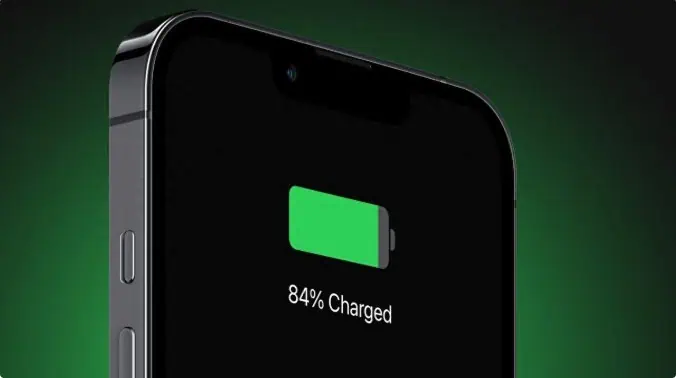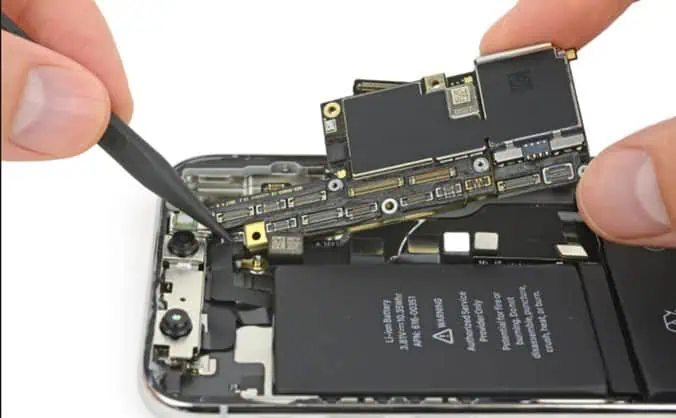Apple not only has a closed system ecosystem, but also imposes many restrictions on hardware repairs, with many components registered with serial numbers to limit third-party repairs. Therefore, among major smartphone brands, iPhone repairs are probably the most restrictive.
For example, after replacing the iPhone battery, the battery health is not displayed; after replacing the screen, True Tone display is not supported; after replacing the motherboard, fingerprint and face recognition modules become invalid.

If Apple’s strict repair restrictions were truly to ensure device security, consumers could accept this, since the most valued feature by Apple fans is the security of iOS.
However, the most critical issue is that Apple’s official hardware repair prices are exorbitant for domestic consumers.
Take out-of-warranty repair of the iPhone 15 as an example: replacing a battery costs 809 yuan, and replacing a screen costs 2298 yuan.
To put this into perspective, the price of a brand-new iPhone 15 is just over 4000 yuan. In 99% of cases, opting for official repairs is a loss for consumers, making it more cost-effective to sell the broken phone on second-hand platforms like Xianyu in China Mainland.

Apple’s long-term restrictions on third-party repairs have also sparked significant public controversy—after all, we should have the right to modify, repair, and DIY the products we purchase with our own money.
More importantly, several regions in the United States are promoting “right to repair” legislation to limit the monopolistic terms of tech giants.
Earlier in 2024, the governor of Oregon signed the “SB 1596” bill, which is the first law in the nation explicitly prohibiting digital device manufacturers from using “serialization” solutions. Undoubtedly, this legislation targets Apple.
Facing such pressure, Apple has no choice but to relax its restrictions on third-party repairs. According to the latest news, iPhone has officially lifted two major repair restrictions—related to batteries and screens.
- Third-party displays will support True Tone display.
In late 2024, iPhone will officially support third-party screen replacements, marked by third-party screens supporting True Tone display. True Tone display automatically adjusts the screen’s color temperature based on ambient light to make the screen look more comfortable.
- Third-party batteries will support health display.
Previously, the most troublesome aspect of replacing third-party batteries was the lack of display for battery health, maximum capacity, and cycle count, making it impossible for users to accurately assess battery status. However, after the iOS update in late 2024, third-party batteries will support the display of maximum capacity and cycle count.
Since batteries and screens are the most frequently repaired components, lifting these two restrictions means that Apple fans will have very affordable repair alternatives—after all, we are the world’s factory. However, if the repair restrictions are lifted through an iOS update, it might require an upgrade to iOS 18, which could be a bit tricky.
Related:
- SSD Health Check: Predict Its Lifespan with Tools!
- Big Data: 40 Years of Innovation, Growth & Evolution

Disclaimer: This article is created by the original author. The content of the article represents their personal opinions. Our reposting is for sharing and discussion purposes only and does not imply our endorsement or agreement. If you have any objections, please get in touch with us through the provided channels.



